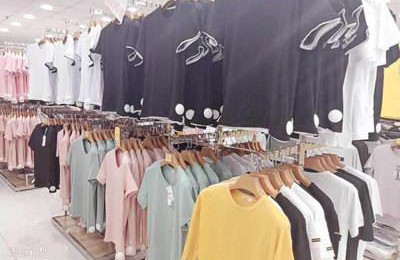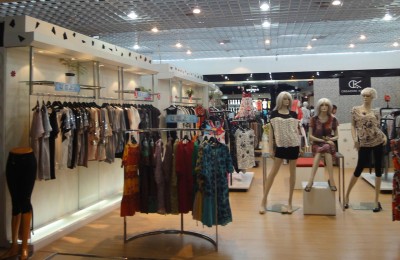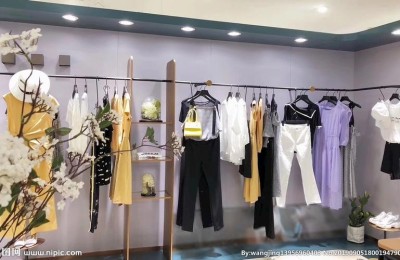After the Mid-Autumn Festival, the textile raw material market is full of smoke again. This time, crude oil is adding fuel to the fire!
On September 16, stimulated by the air strikes on Saudi oil, international oil prices soared. Brent crude oil futures once soared to 20%, and polyester raw materials rose sharply in response!
The mainstream trend in the past two days: price increase! PTA rose by 5.22%; MEG rose by 11.98%; most mainstream polyester manufacturers increased by 100-300 yuan/ton; individual manufacturers closed their trading;
Entering the second half of the year, polyester filament prices are basically in a state of shock. This time it is rare to seize the opportunity for speculation. Manufacturers immediately became uneasy and had big ideas. Continue to stoke the fire for price increases. But can this market trend last?
From the end of August to the present, the weaving market has ushered in a phased improvement. In addition to some popular varieties in the market, such as T400, T800, etc., orders continue to be received smoothly. Conventional chemical fiber fabrics such as polyester Taffeta, pongee, etc. have also recovered to varying degrees, but due to the fact that the raw material itself and gray cloth inventory have been at a relatively high level, there is no excuse for price increases. Compared with previous years in September and October, the price of raw materials has occasionally been 100 or 200 per day. Yuan’s rise, this year’s operation can be said to be “little compared to the big witch”.
Why? Is it the kindness of the raw material factory or a change in strategy? No, because raw material factories see it very clearly. On the premise that terminal demand is obviously insufficient, the continued increase in raw material prices means pushing customers into the arms of peers. In order to survive, there will always be raw material factories that do not increase or increase slightly and take the opportunity to clear their inventories. Although the raw material factories across the country, especially the leading companies, currently have a relatively unified stance on prices, in order to seize market share, there will always be different voices in the market. Therefore, the editor believes that this wave of price increases originated from unexpected events on the cost side. Boosting can also easily fail due to insufficient terminal follow-up.
How will textile bosses treat this wave of price increases before they end? Is the rise in raw materials a “timely rain” or a “death reminder”?
After the Mid-Autumn Festival, many textile bosses in the circle of friends are trying to drive the procurement rhythm of the fabric market with the help of raw material prices:
Not to mention the actual effect, but at least in the peak season this year when the quality is insufficient, we can still look forward to it. , will also prompt some orders to be placed that were originally hesitant to place. “At present, the orders for T400 in our factory are relatively good, and most of the looms are also switching to producing T400. If the raw materials continue to rise this time, the value of the original gray fabrics in the warehouse will increase, but the key still depends on whether the downstream people buy it. ” said Mr. Chen, the owner of a textile factory in Shengze area.
Of course, optimists are only in the minority. Faced with rising raw material prices and gray cloth inventories, many cloth bosses are still worried, fearing that they will repeat the mistakes of last year’s peak season and simply put things right. The entire peak season is gone.
Mr. Wang, a textile boss with more than 600 water-jet looms in northern Jiangsu, said: “With this wave of rising raw material prices, we have followed suit and purchased more raw materials for a few days. However, the rise in raw materials is currently not suitable for us. Promoting the purchase of fabrics will not be of much help. Now that raw materials are rising and cloth prices are low, it will be difficult to do so later.”
Currently, the inventory of gray fabrics in the entire weaving market is relatively high. For example, the current inventory of gray fabrics in Shengze area is about 39-40 days, which is a phenomenon that has not appeared in September of previous years. If the cloth boss can take advantage of this wave of rising raw materials to smoothly destock and transfer the inventory to downstream, then as the inventory “appreciates”, they can still change the current “unprofitable” status quo.
But from this year The pace of ordering by major clothing brand companies is that market orders are small and miscellaneous, and price comparisons and price reductions are common. It is difficult to move the cloth market just by rising raw materials. After all, there were many weaving companies that suspended or reduced production due to the surge in raw materials in the second half of last year!
(At the end of July and early August last year, due to the short supply of raw materials, The price has soared, and many traditional textile clusters have issued joint production suspension proposals. The above is the Tongxiang Warp Knitting Chamber of Commerce Suspension Proposal)
It is difficult to see the market surge before the National Day
The Mid-Autumn Festival has passed, so can we look forward to the National Day market? After all, the fabric market prices in the past two years began to explode after October. Answer: Difficult! The current transaction volume in Jiangsu and Zhejiang is higher than that at the end of August.What has changed is that the order volume has also increased to a certain extent, and some repeat orders from previous years have begun to come down. However, overall there is still a big gap compared with previous years. Although the order volume is increasing, it is far from reaching the “hot” level. Moreover, from the perspective of specific transaction types, except for repeat orders, most conventional varieties still performed mediocrely, which led to the overall slow destocking of the market.
In addition, this year’s Mid-Autumn Festival fabric transactions were also dull, with limited price fluctuations. Many weaving manufacturers have slightly lowered transaction prices in order to reduce inventory. In previous years, the Mid-Autumn Festival stocking season was also a sign of the peak season in the fourth quarter, but this year traders’ interest in purchasing gray fabrics is low, and their speculative interest is even less. This also shows that the current downstream market confidence is still insufficient, which is not conducive to subsequent stocking. The performance of quarterly market conditions.
Back to the basics, whether the market is good or not, whoever grasps the demand of the terminal market will be the subsequent king!
</p







